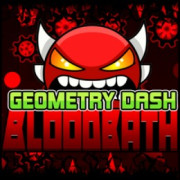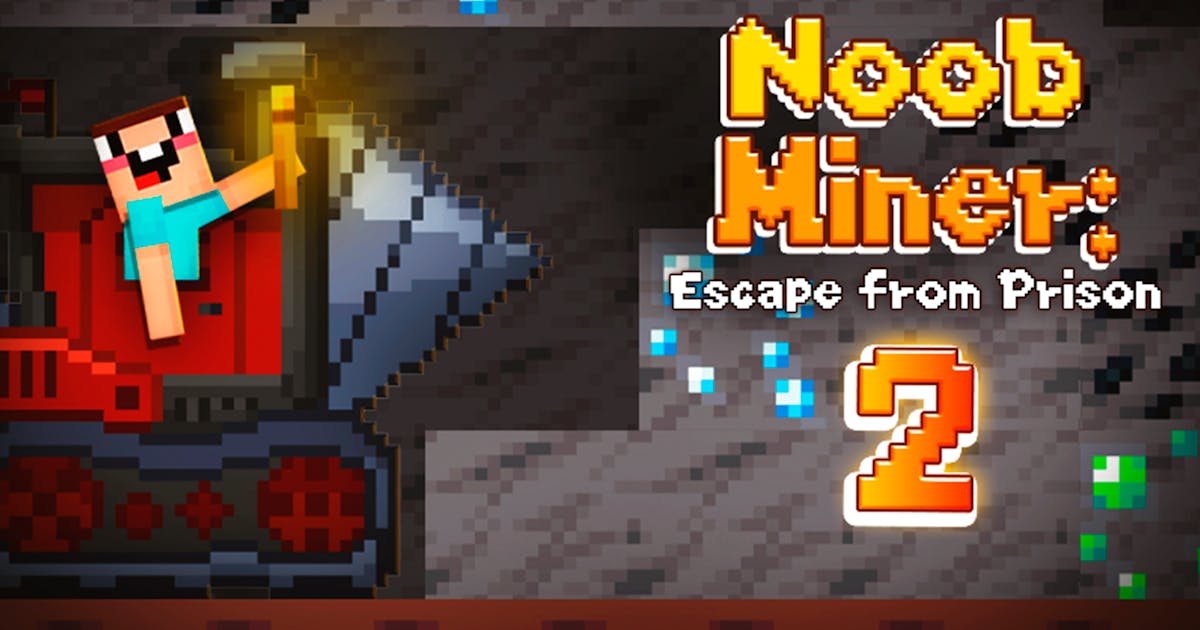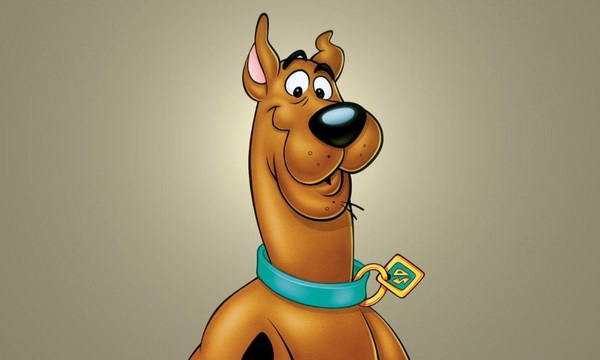Topic Qbert game: Dive into the colorful world of "Qbert game", an iconic arcade classic that combines challenging puzzles with dynamic gameplay, captivating a generation of gamers with its unique design and enduring charm.
Table of Content
- Is Q*bert a platform game?
- History and Evolution of Qbert
- Gameplay Mechanics of Qbert
- Graphical and Audio Features
- Modern Reinterpretations and Remakes
- YOUTUBE: Arcade Game: Q*bert
- Qbert in Popular Culture
- Community and Fan Contributions
- Tips and Strategies for Players
- Comparative Analysis with Other Arcade Classics
Is Q*bert a platform game?
Yes, Q*bert is a platform game. It was developed and published by Gottlieb in 1982 for the arcade market. The game features two-dimensional (2D) gameplay where players control the character Q*bert, a small creature that hops on a pyramid of cubes. The objective of the game is to change the color of all the cubes on the pyramid by hopping on them, while avoiding enemies and obstacles. Q*bert is considered a classic arcade game and has puzzle elements as well.
READ MORE:
History and Evolution of Qbert
Q*bert, an iconic arcade game, debuted in 1982 during the golden age of arcade games. Created by Gottlieb, it quickly became a staple in arcades worldwide. The game featured an orange, snout-nosed character navigating a pyramid of cubes, a novel design at the time. Its creator, Jeff Lee, combined imaginative character design with programmer Warren Davis\"s innovative gameplay mechanics.
The game\"s mechanics were straightforward yet challenging, involving Q*bert changing the colors of cubes while avoiding enemies like Coily the snake. Its popularity led to adaptations for home gaming systems, expanding its reach. Parker Brothers, seizing the opportunity, acquired the rights for home versions, making Q*bert a household name across various platforms.
Over the years, Q*bert has seen several remakes and reimaginings, keeping the core gameplay intact while updating graphics and adding new features. This evolution showcases the game\"s lasting appeal and significance in video game history, maintaining a dedicated fan base and a legacy as a classic puzzle-action game.

Gameplay Mechanics of Qbert
Qbert is a unique blend of action and puzzle elements in an isometric 2D environment, creating a pseudo-3D visual effect. The game\"s main goal is to change the color of each cube in a pyramid to a specified target color. This is achieved by controlling Qbert, the game\"s character, to hop diagonally from cube to cube. The game uses a joystick for navigation, offering a simple yet engaging gameplay experience.
The game starts with Qbert at the top of a 28-cube pyramid. Each hop on a cube changes its color. The challenge increases as the player progresses, with cubes needing multiple hops to reach and maintain the target color. In the initial levels, a single hop is sufficient, but later stages require multiple hops with cubes changing colors back and forth with each jump.
Qbert faces various enemies that add complexity to the game:
- Coily, the snake, starts as a bouncing egg, transforming into a snake that chases Qbert. Contact with Coily is fatal.
- Ugg and Wrongway are creatures moving along cube sides, and contact with them is also lethal.
- Slick and Sam, while not harmful, reverse the color changes made by Qbert, adding to the game\"s challenge.
Additionally, colored balls present further obstacles. Red balls are deadly, while green ones freeze enemies temporarily. Qbert can use floating discs beside the pyramid for a quick escape, especially useful to evade Coily. Successfully luring Coily onto a disc results in his demise and earns the player bonus points.
The game awards points for changing cube colors, defeating Coily, catching green balls or Slick and Sam, and for any remaining discs at the end of a stage. Bonus points increase with each completed screen. Players earn extra lives at specific point thresholds, encouraging skillful and strategic play.
The game\"s difficulty escalates with each level, increasing the speed, number of enemies, and complexity of level rules. The last level, Level 9, repeats indefinitely, challenging players to achieve the highest possible score.
Qbert\"s enduring appeal lies in its simple yet deep gameplay mechanics, combining quick reflexes with strategic planning. It remains a beloved classic, captivating players with its unique challenges and charming character.

Graphical and Audio Features
Qbert, an iconic game developed by Gottlieb in 1982, is celebrated for its distinctive graphical and audio features. The game is notable for its axonometric third-person perspective, creating a visually engaging pseudo-3D effect on a 2D platform. This perspective features a pyramid made of 28 cubes, which Qbert, the character, hops around on.
The graphical design of Qbert, primarily crafted by artist Jeffrey P. Lee, exhibits vibrant and colorful visuals that were advanced for its time. The game\"s protagonist, Qbert, is an endearing character with a unique appearance, characterized by a stout nose and a quirky design. The playfield consists of a multicolored pyramid of cubes set against a stark black background, enhancing the game\"s visual appeal.
In terms of audio, Qbert broke new ground with its sound design, created by David Thiel. Although Qbert uses a SC01 speech synthesizer, it\"s not employed for coherent speech but rather for generating distinctive sound effects. These effects include the synthesized \"voices\" and sounds associated with game actions like hopping and landing on cubes. Furthermore, Qbert is known for its \"Qbertese sound\", a series of incoherent synthesized phrases emitted by the character, especially when colliding with an enemy. This feature adds a unique and memorable touch to the game\"s overall audio experience.
The game also stands out for its cabinet design and arcade flyers, which are equally engaging and reflective of the game\"s quirky and colorful nature. These aspects contributed significantly to Qbert\"s branding and popularity during the golden age of arcade games.
Overall, the art, design, and sound of Qbert combine to create a unique and immersive experience that has captivated players for decades, making it a standout title in arcade gaming history.
/cdn.vox-cdn.com/uploads/chorus_asset/file/10315917/qbert.jpg)
Modern Reinterpretations and Remakes
Qbert has seen various modern reinterpretations and remakes that have brought this classic arcade game into the contemporary gaming landscape. One notable example is \"Qbert: The Remake\" by Team Q-Te, a student project from E-Artsup Montpellier. This remake aimed to make the game playable for keyboard/mouse users, create new worlds beyond the original pyramids, and offer an experience enjoyable for both young and old players. The team focused on enhancing Qbert\"s charm and utilized free assets and music to create a fresh take on the classic game.
Another interesting project is \"ReQbert,\" a browser-based remake of the MSX version of Qbert. This open-source project, developed using HTML5 and Javascript, demonstrates the timeless appeal of Qbert, showing how it continues to inspire game developers to recreate and innovate upon its classic gameplay.
The game also saw a major release with \"Qbert Rebooted.\" This version introduced new enemies and gameplay features while retaining the core mechanics of the original game. Players in this version can earn stars by completing stages, beating them against the clock, and earning a certain number of points. \"Rebooted\" mode features gems that players collect during play and use to unlock different Qbert characters, each with a unique cosmetic appearance.
Additionally, in 1999, a 3D remake of Qbert was developed by Artech Studios and released by Hasbro Interactive, bringing the game to platforms like PlayStation, Microsoft Windows, and Dreamcast. This version represented a significant graphical update, transitioning Qbert into the realm of 3D gaming.
These modern versions and remakes of Qbert demonstrate the game\"s enduring popularity and influence, showcasing how classic arcade games can be reimagined for new generations of gamers.
_HOOK_
Arcade Game: Q*bert
\"Get ready to dive into the nostalgia of classic arcade gaming with Q*bert! Join the lovable character on a fun-filled adventure as he hops and bounces his way through colorful landscapes. Don\'t miss out on this charming and addictive game!\"
Q*BERT Arcade Full Game
\"Step back in time and relive the excitement of arcade gaming with this captivating arcade game! Immerse yourself in the sights and sounds of the video game era as you conquer challenging levels and compete for high scores. Get ready for a gaming experience like no other!\"
Qbert in Popular Culture
Qbert, since its release in 1982, has made a significant impact in popular culture. Developed by Gottlieb, this arcade classic has become one of the most recognized brands from the golden age of arcade games. Its success led to a broad range of merchandising, including toys, lunch boxes, and even an animated television show.
The character of Qbert, known for his unique \"swearing\" and \"Qbertese sound\", became a beloved figure in the gaming world. This sound, a series of incoherent phrases, is produced by the game\"s sound chip and became one of Qbert\"s defining features. Furthermore, the game\"s development by Warren Davis and Jeff Lee under Columbia Pictures\" ownership has led to Qbert\"s appearances in modern media, including Disney\"s Wreck-It Ralph franchise and the film Pixels.
Aside from its appearances in films, Qbert\"s influence extended to various forms of merchandise. The character was featured on diverse items, appealing to a wide range of audiences. Qbert\"s simple gameplay and controls contributed to its popularity among all age groups, making it an ideal character for various forms of merchandise.
Despite the decline of arcade games in the mid-1980s, Qbert continued to have a presence in the gaming world with home system conversions and new game releases like Qbert 3 for the Super Nintendo. This enduring popularity underscores Qbert\"s status as one of the most well-known characters from the early \"80s arcade era.
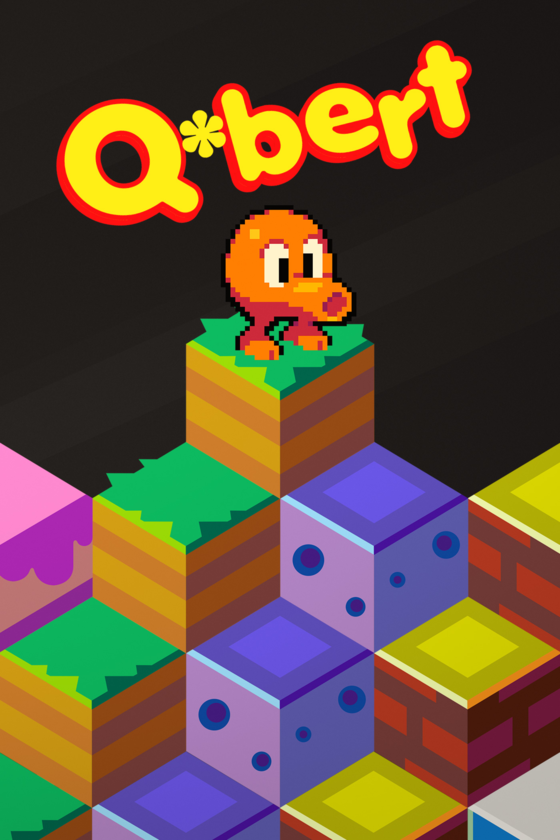
Community and Fan Contributions
The Q*bert community has shown a remarkable dedication to preserving and celebrating this classic arcade game. Since its initial release in 1982 by Gottlieb, Q*bert has garnered a passionate fan base, driven by nostalgia and appreciation for its unique gameplay and character.
One significant aspect of the community\"s contributions is the ongoing effort to keep Q*bert accessible to new generations of players. Various emulation and online platforms allow fans to play Q*bert, reflecting its enduring popularity and the community\"s commitment to keeping the game alive. These platforms often include community features such as user ratings, showcasing the game\"s lasting appeal and the engagement of its fan base.
- Fan websites and online platforms provide a space for enthusiasts to play Q*bert, discuss strategies, and share their experiences. These sites not only host the game but also offer information on game controls and mechanics, ensuring that even newcomers can enjoy this classic.
- Community discussions often revolve around gameplay strategies, sharing tips for conquering the increasingly challenging levels of the game. These conversations help new players understand the game\"s mechanics, such as the need to jump on blocks multiple times in advanced levels to change their color.
- The fan base also participates in preserving the history of Q*bert, sharing information about its development, the creative minds behind it, and its impact on the gaming industry. This historical perspective adds depth to the community\"s engagement with the game.
Moreover, Q*bert\"s influence extends beyond gaming. Its unique character and \"swearing\" speech bubble have become iconic, leading to its appearance in merchandising and even in mainstream media, like Disney\"s Wreck-It Ralph franchise, under license from Sony.
In summary, the Q*bert community continues to play a pivotal role in keeping the spirit of the game alive. Through online platforms, fan discussions, and historical preservation, they ensure that Q*bert remains a beloved classic in the arcade game genre.
Tips and Strategies for Players
Mastering Q*bert requires a blend of quick reflexes and strategic planning. The following tips and strategies are designed to help players navigate the game\"s challenges more effectively.
- Understand the Level Mechanics: The game\"s difficulty increases with each level. Initially, jumping on a cube once changes its color to the goal color. As you progress, cubes require multiple jumps to change to the goal color, with each jump toggling between different colors.
- Plan Your Route: Start from the top of the pyramid and work your way down. In the earlier levels, focus on changing the lower blocks first and then move upwards. In later levels, prioritize the lower corners and avoid returning to them once they are set to the goal color.
- Dealing with Enemies: Red balls and purple objects are lethal to Q*bert. Avoid them at all costs. Coily, the purple snake, is particularly dangerous as it follows Q*bert. Lure Coily to an edge and jump onto a disk to make it fall off the pyramid.
- Utilize the Green Ball: Jumping on the green ball freezes all on-screen action temporarily, allowing you to move freely without harm. Use this to your advantage, especially when surrounded by enemies or to complete a difficult section of the pyramid.
- Handling Sam and Slick: These two characters change the cubes back to their original color. While they pose no direct threat to Q*bert, they can undo your progress. Jump on them to stop their movement.
- Effective Joystick Control: Feel the \"click\" of the joystick to ensure your move is registered. Plan your moves in advance but be ready to stop Q*bert by letting go of the joystick to prevent unwanted additional hops.
- Overall Strategy: Clear one corner of the pyramid, then move along the bottom edge to the other corner, clearing it as well. Use disks to escape from Coily and integrate this into your strategy for clearing the pyramid.
Remember, each round in Q*bert has its unique challenges and enemy combinations. Adapt your strategies accordingly and stay alert to the ever-changing dynamics of the game.
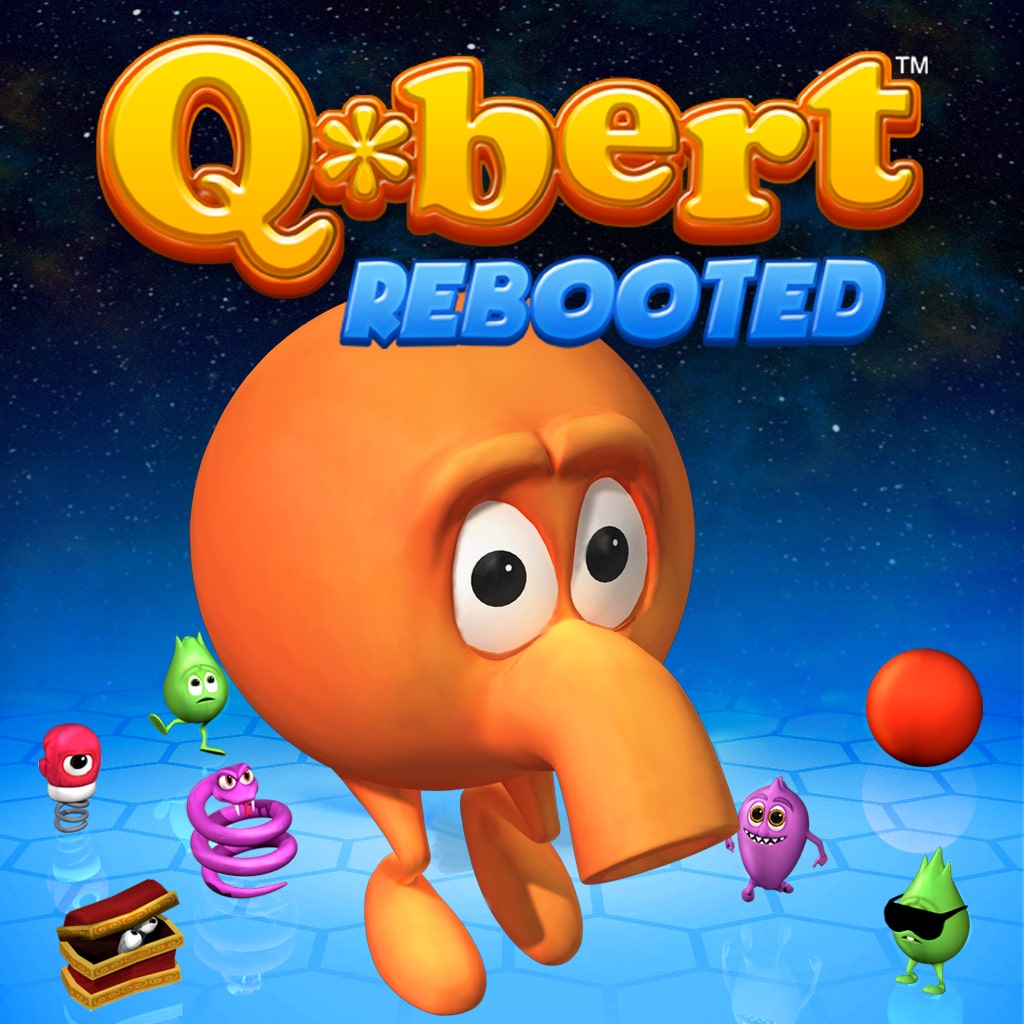
READ MORE:
Comparative Analysis with Other Arcade Classics
Q*bert, developed by Gottlieb in 1982, stands out as a unique title in the golden age of arcade video games. When compared to other classics of the era, Q*bert\"s distinct approach in gameplay and design becomes evident.
Unlike many of its contemporaries, Q*bert introduced a pseudo-3D effect through its isometric graphics, a precursor to the isometric platformer genre. This graphical style was a significant departure from the 2D side-scrolling or top-down views common in other arcade games like Super Mario Bros. and Tetris.
- Gameplay Mechanics: Q*bert’s gameplay centered around changing the color of cubes on a pyramid by hopping on them, which differed significantly from the more common platform or puzzle mechanics seen in games like Super Mario Bros and Classic Tetris.
- Control Scheme: The game used a unique control setup, with a joystick rotated 45 degrees to match Q*bert\"s diagonal movements, contrasting with the more standard directional controls in other arcade games.
- Enemies and Obstacles: Q*bert\"s adversaries, such as Coily the snake and the falling balls, presented different types of challenges compared to the enemies in other classics. These elements required players to think and react in different ways, focusing more on evasion and strategic movement.
- Cultural Impact: While games like Super Mario Bros have had a broader impact on popular culture, Q*bert also made significant cultural contributions, including merchandise and appearances in films like Disney\"s Wreck-It Ralph and Pixels.
Overall, Q*bert\"s innovative use of graphics, unique control scheme, and distinctive gameplay mechanics set it apart from other arcade classics of its time, contributing to its status as a beloved and enduring game in arcade history.
Embark on a nostalgic journey with Q*bert, a classic that brilliantly blends action, puzzle, and unique gameplay. Rediscover this iconic game\"s charm and challenge, a testament to the enduring legacy of arcade classics. Dive in and re-experience the magic of Q*bert!


